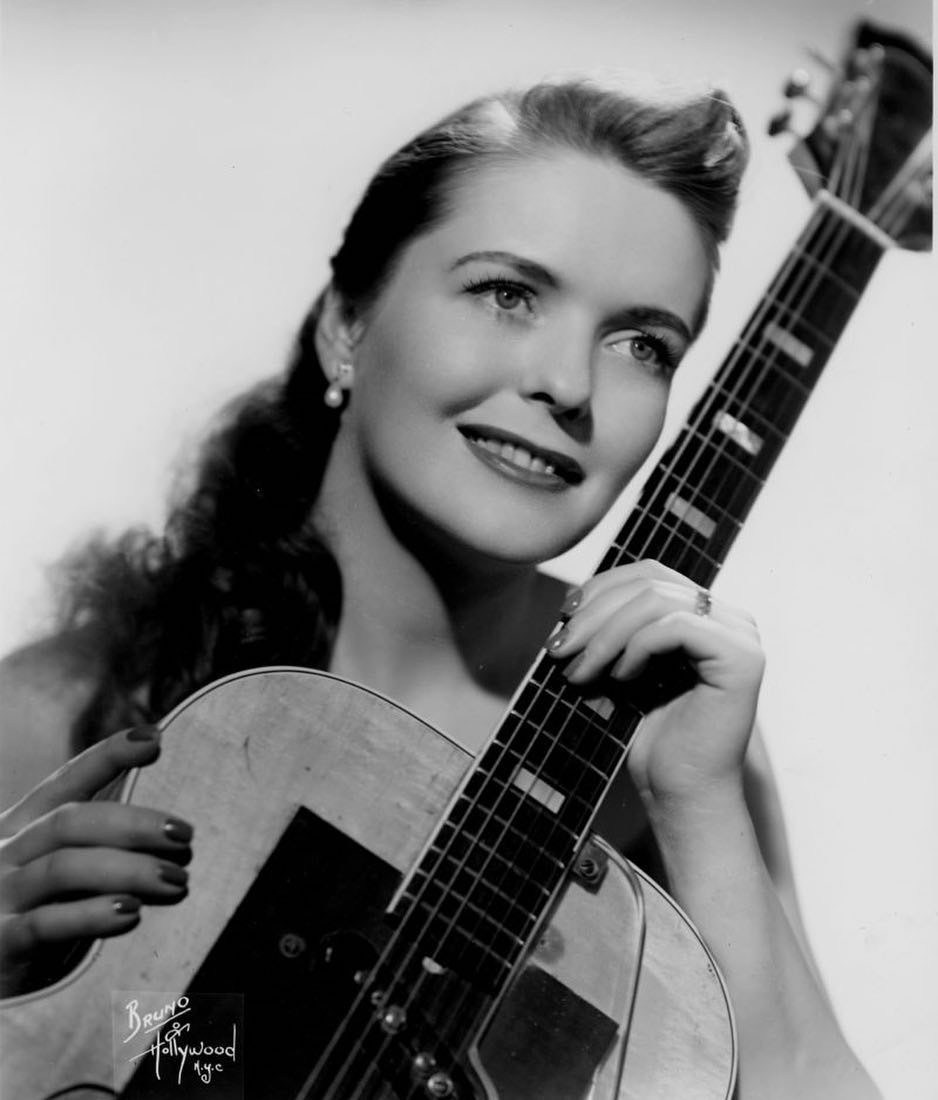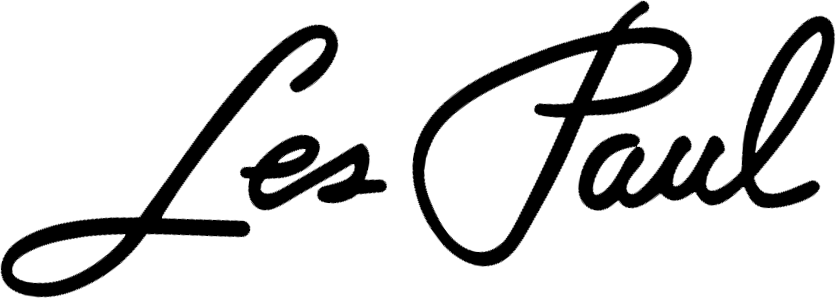Mary Ford – Trailblazer
In the 1940s and 1950s, when women were relegated to managing their family homes, Mary Ford was a trailblazer. She used her impeccable voice for the vocal arrangements she created for recordings with husband Les Paul. Mary also was a tremendous guitarist, who performed on the couple’s recordings and on stage with Les.
The Early Years
But, first there was Iris Colleen Summers, born in 1924. That was Mary Ford’s birth name. Colleen was one of seven musical siblings whose father was a revival preacher. Colleen was performing from the time she was in junior high school.
In 1943, Colleen was backing up country singers as part of the Sunshine Girls trio and was a featured vocalist on several radio shows in addition to having acting roles on radio dramas.
At the same time, Les Paul was living in Hollywood and looking for a female singer for his upcoming country music radio show. Eddie Dean and Gene Autry, who Les knew from Chicago, suggested he listen to the Sunshine Girls. Les was impressed and called Colleen to invite her to audition for his show. All of Colleen’s friends knew she was a huge Les Paul fan. Surely, one of them was pulling a prank on her. Les and Colleen talked on the phone and agreed that she would come to Les’ home studio for an audition, but she still was not convinced she was talking to the Les Paul she had heard so many times on the radio.
When the evening came for the audition, Les had forgotten about the arrangement. He was mowing his lawn in a checkered shirt, baggy army pants and his old army boots. He hadn’t even shaved. Colleen pulled up, “Can you tell me where the Les Paul studios are located?”
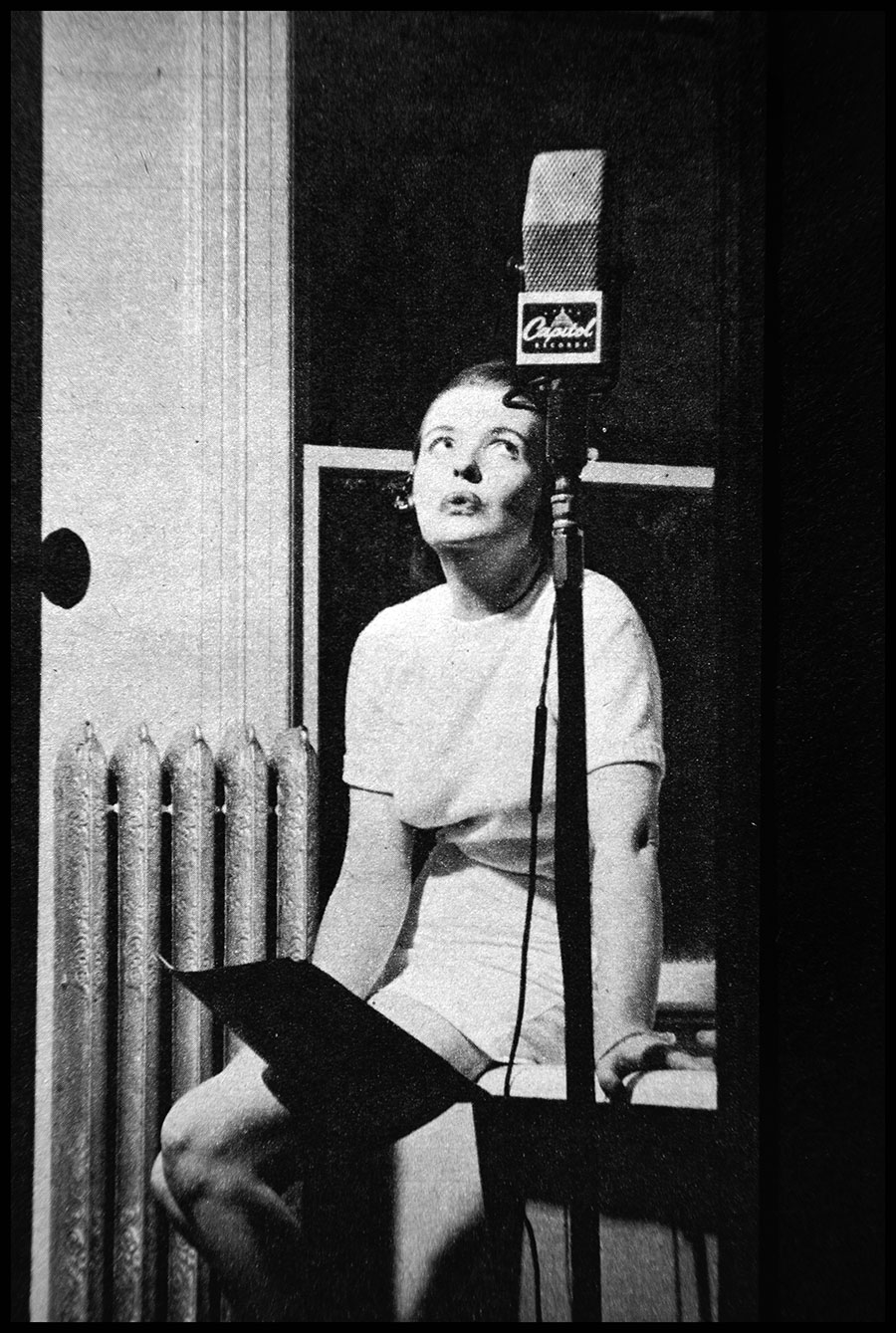
Mary sang their hit “How High the Moon” in a basement. She might sing one part of a song in a hallway and other parts of the same song in different rooms to give each track its own sound.
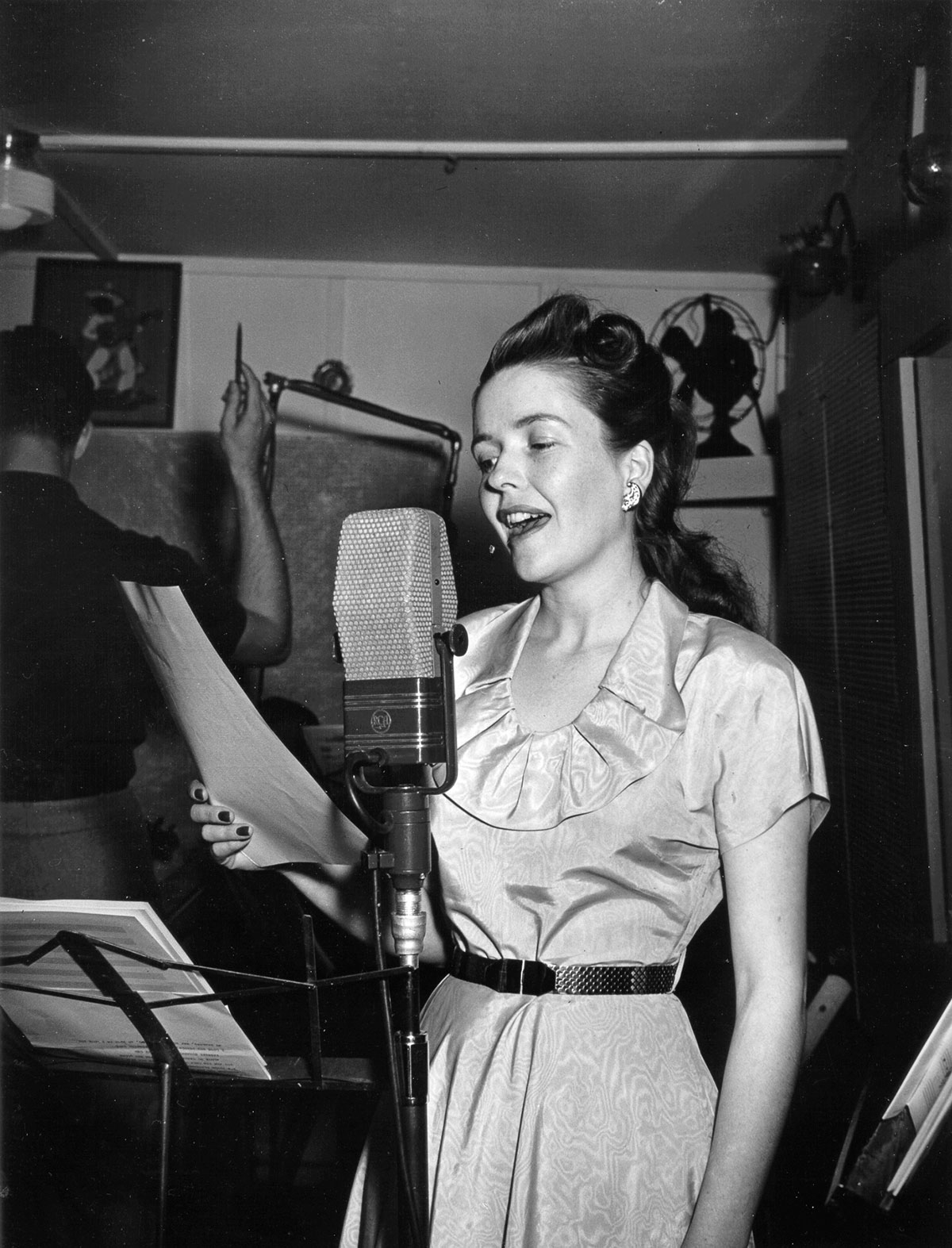
Iris Colleen Summers (AKA Mary Ford) sang country music in the mid-1940s on the NBC radio show “Rhubarb Red (Les Paul) and the Ozark Apple Knockers featuring Mary Lou.”
She followed Les’ directions and walked toward the garage that Les and his friends had turned into a recording studio, with no door. The only way in was to climb through a window. As Colleen waited for Les, his two band members rehearsed with her. When Les crawled through the window, Colleen exclaimed, “That’s not Les Paul! That’s the gardener!” As she frantically looked for the exit. Les grabbed a guitar and let go with a couple of fast runs. Colleen stopped, “Oh my, you are Les Paul!”
The radio show was billed as “Rhubarb Red and the Ozark Apple Knockers, featuring Mary Lou”. No last name, just Mary Lou. That’s what Les called her, Mary Lou, which he soon shortened to Mary.
Life on the Road
In January 1948, Les and Mary headed to Waukesha, Wisconsin to meet his family. Les’ family liked Mary and Les’ mother quickly became friends with Mary. Les said, that “was very important because they were the two most important people in my life.”
On the drive back to California, Les was not feeling well. Around St. Louis, Mary started driving. Mary had never driven in winter weather. Roads were covered with sleet, snow and ice. In Oklahoma as they slid off a bridge, Les instinctively put his right arm around Mary, to protect her face. They were thrown from their convertible, which landed upside down on a frozen riverbed. Because the area was rural with no traffic due to the storm, it was hours before they were found. Mary’s pelvis was broken, but she was not seriously injured. Les’ right elbow was shattered. His back, collarbones, a shoulder and six ribs were broken among other injuries.
Mary returned to California and went to work with Gene Autry. Les remained in the hospital for weeks. When he finally returned to Hollywood, Mary took care of him. Les said, “I don’t know what I would’ve done without her.”
mary ford & les paul videos
It was during this time Les recorded Mary’s first vocal for Capitol, a song he wrote called “Until I Hold You Again.”
In 1949, Les’ dad and brother opened The Club 400 in Waukesha and Les agreed to play for the opening night. He had asked his brother to find a bass player and guitar player for a trio. But when Les and Mary arrived, his brother hadn’t hired anyone. Les called his bass player buddy, Warren Downey, but there was no guitar player. Mary had played country songs on her guitar, but she did not know Les’ pop songs. Les turned to Mary, “I’ve got an extra guitar in the car. You’re my rhythm guitar player.” It took a lot to convince Mary to play for the first time with Les, especially in front of his friends and family, but she did. It was then that Les realized he and Mary would be his new act.
Colleen needed a stage name. Les grabbed a Milwaukee phone book, “We’re going to pick a name for you, and it’s not going to be Mary Lou.” They settled on “Mary Ford”. Mary and Les returned to Hollywood to do their radio show and make recordings.

The first time Mary and Les played their guitars together in public was at Waukesha’s Club 400 that Les’ brother and father owned. Les’ buddy Warren Downey played bass.
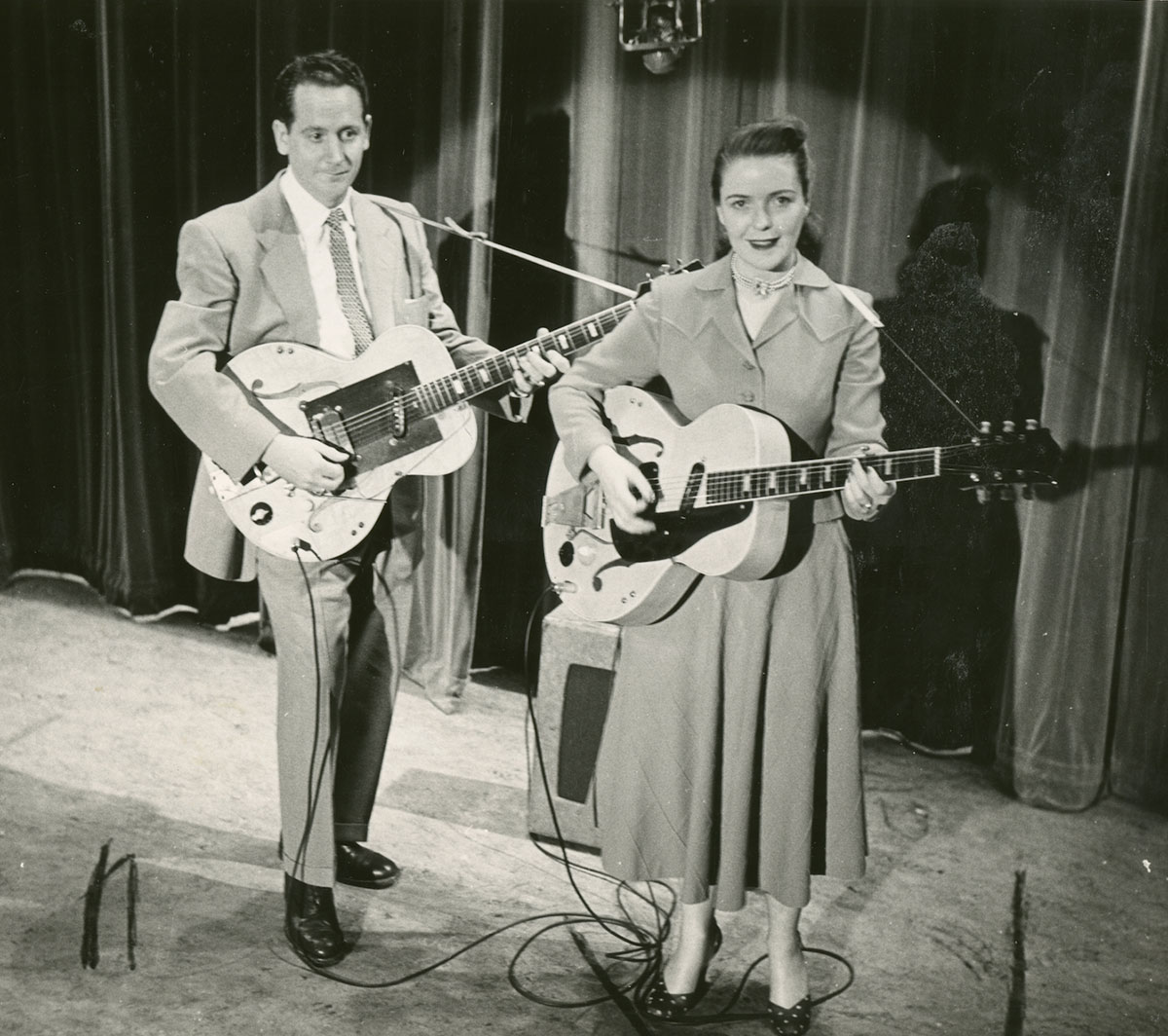
Les Paul and Mary Ford enthralled audiences across the country and around the world.
In 1949, Mary and Les headed to Chicago for an extended performance at a top jazz club. Les was sure he could create sound-on-sound by adding a playback head to his new Ampex tape recorder. In Chicago after Les installed the new head, he recorded Mary saying, “One, two, three, four; one, two, three, four.” Then he rewound and recorded again while Mary said, “Hello, hello, hello.” When he played it back, they heard, “One, two, three, four, hello, hello, hello.” They had sound on sound using the tape recorder!
They packed the Chicago club every night and left feeling confident about their act. They toured their way to New York where they continued to make recordings and record their radio show in their small basement apartment in Jackson Heights.
When Les wanted to record “Mockin’ Bird Hill,” Mary said it was an awful song and she wanted no part of it. As usual, Les persuaded Mary to record it and the record soared to the top of the charts. When they were on Bing Crosby’s national radio show, Bing sang harmony on “Mockin’ Bird Hill” with Mary. That confirmed her arrival as a major talent.
Marriage and Family
In early December of 1949, they headed to Milwaukee to play an extended stay at Jimmy Fazio’s supper club. Mary and Les experimented with different arrangements and new songs. Among their regular audience were George and Bertha Miller, who would bring their young son Steve, the same Steve Miller who grew into the great guitarist and recording artist. On December 29, 1949, Les and Mary got married in the Milwaukee County Courthouse with George and Bertha Miller as their witnesses.
Back in California, Les made recordings in the garage studio. Mary’s sister Carol started spending more time at Les and Mary’s house. At the same time, Les’ friend Wally Kamin became the new bass player. Soon Wally and Carol paired up. The four left California for the Midwest, then on to New York.
After Carol and Wally got married, the four were a team on the road and at home. Carol and Mary were happy to be working together. When Mary and Les were playing live shows, Carol sang harmony offstage.

On December 29, 1949, Les Paul and Mary Ford were married in the Milwaukee County Courthouse.

Mary practiced her songs while her sister Carol helped in their Mahwah kitchen. Les was in the next room.
Mary and Les constantly visited radio stations as they drove between venues. They would walk into a station, introduce themselves and go right on the air with the disc jockey. They talked about their records, where they were going to be playing, joked with the deejay and promoted the radio station.
Les and Mary traveled constantly and turned out one hit after another from hotel rooms, basements and resorts. The pair had seven big hits in 1951and eight more in 1952. They sold millions of records and were a major factor in establishing Capitol as one of the driving force labels.
The 1954 Academy of Musical Arts and Science award and the 1960 star on the Hollywood Walk of Fame were among many awards the duo received. They became so popular that they could not avoid fans, which became unbearable at times for Mary.
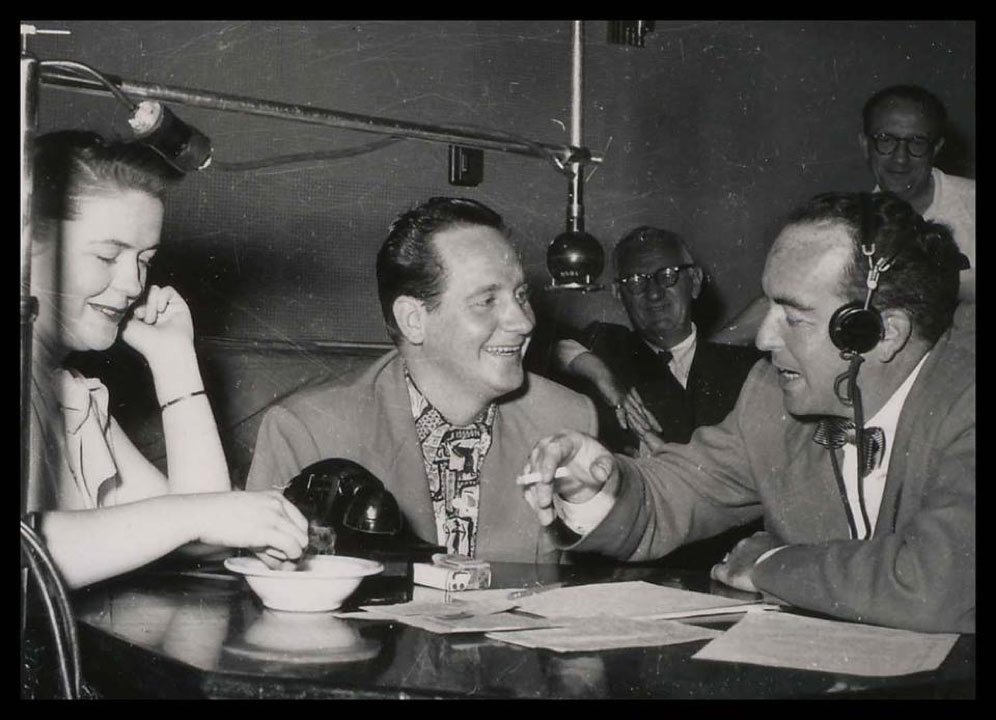
Mary and Les chat on air with a DJ.
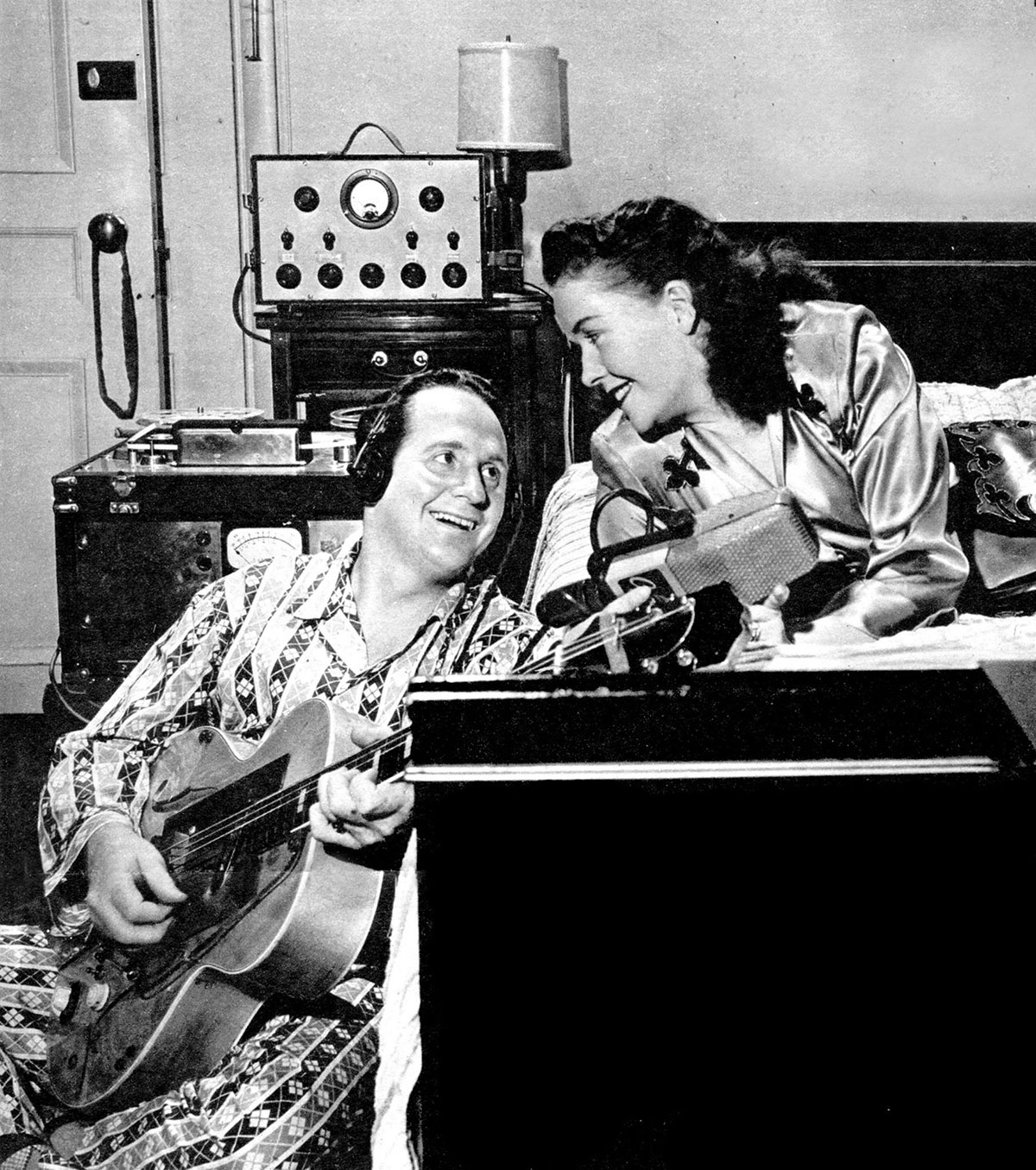
When Mary traveled with Les for live shows, they took their recording equipment. Some of their hit records were made in hotel rooms.
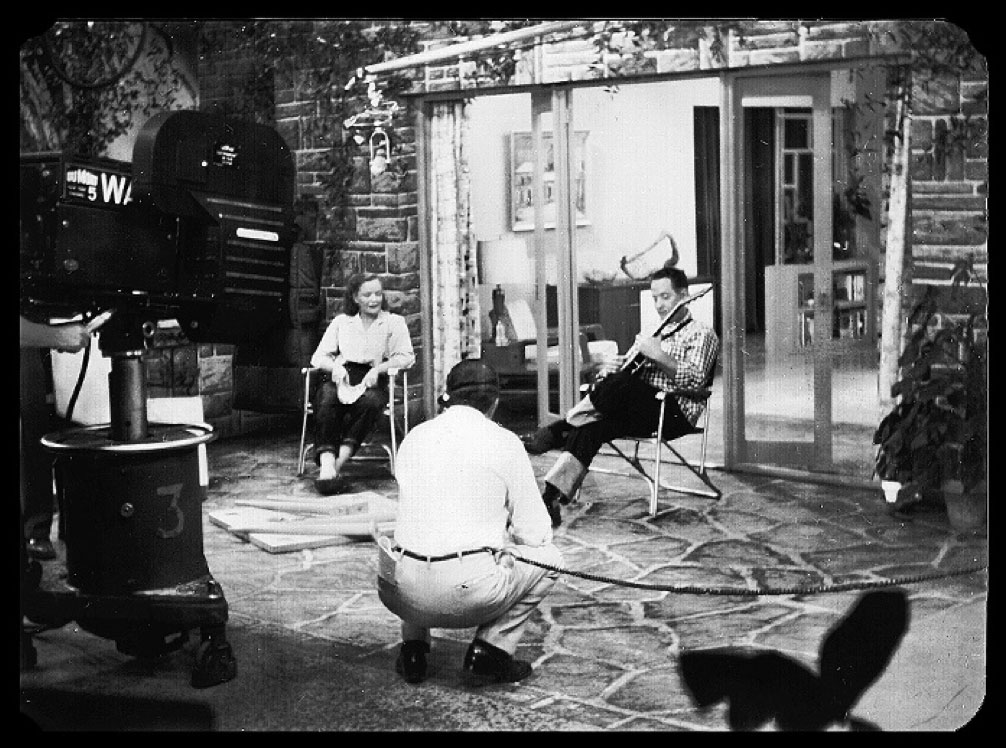
“The Les Paul & Mary Ford At Home” was one of the first reality TV shows.
TV Reality Show
When Listerine offered to sponsor Mary and Les on a television show they wanted the duo to live closer to its New York headquarters. In 1952, Mary and Les bought a house in the Ramapo Mountain area of New Jersey.
In October 1953, “The Les Paul and Mary Ford Show” debuted on television with five five-minute shows a week. A scripted short story line tied two of their songs together. The show, which was broadcasted from their home, showed Mary in the kitchen or looking at a magazine as the duo performed one of their songs.
In 1954, Les and Mary were thrilled that Mary was pregnant. The premature little girl died four days after being born, which devastated Mary and Les. In 1958, the couple adopted a little girl they named Colleen. The next year Mary gave birth to their son Bobby.
Mary Ford, along with her husband Les Paul, were recording artist royalty in the 1950s. The duo’s string of gold records kept them on the front page of magazines and featured in endless articles and interviews. They were on radio, on TV shows and live performances. The years on the road and work hours took its toll on the marriage. In 1964, the couple’s divorce was finalized.
Mary released her first solo single record in 1963, followed by other recordings and live performances with her siblings.
On September 30,1977, Mary succumbed to complications from diabetes and died at the age of 53.
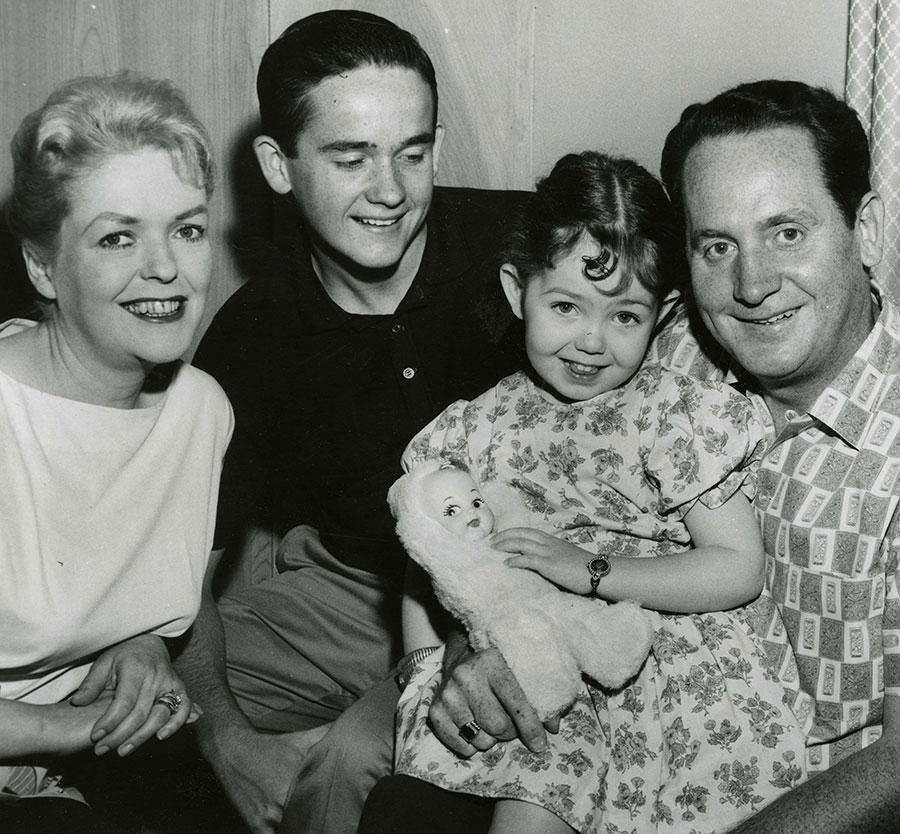
Mary, Gene (Les’ son,) Colleen & Les, about 1960
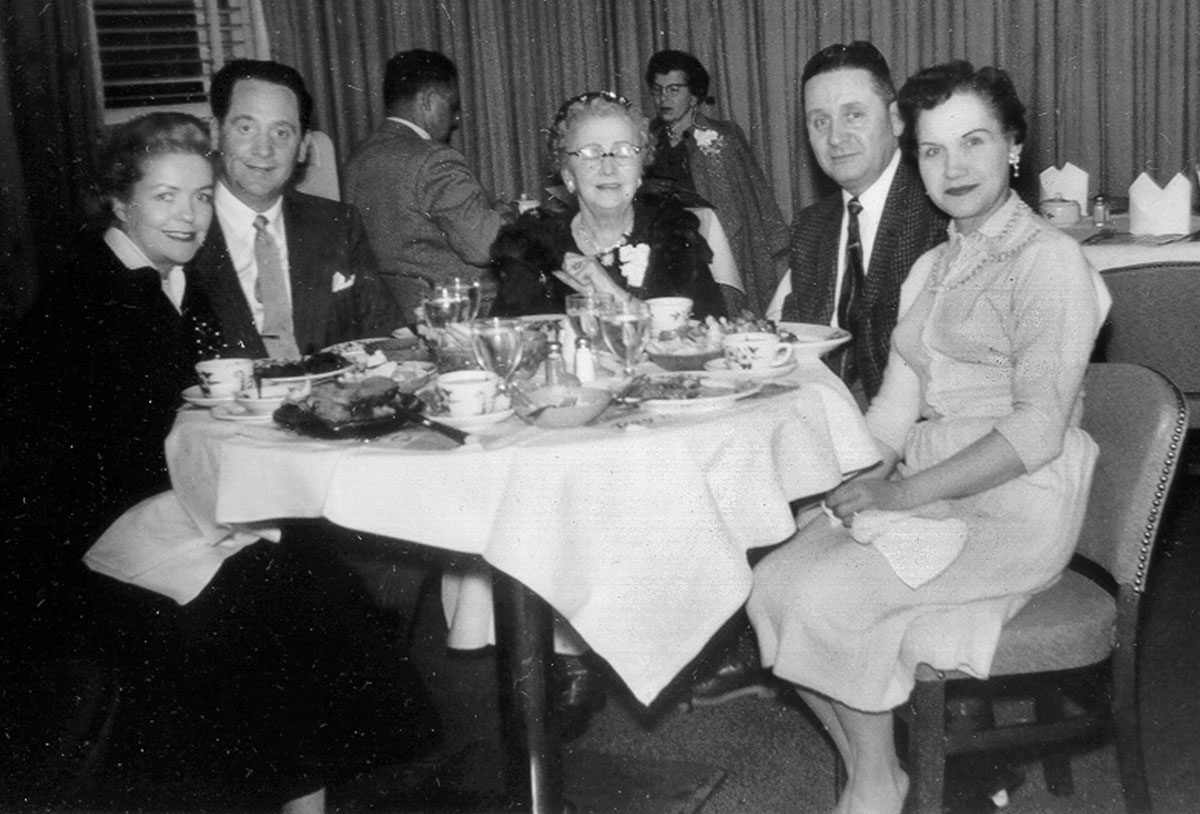
In about 1955, Mary and Les had dinner with his mother, brother and sister-in-law. Left to right: Mary Ford, Les Paul, Evelyn Polsfuss (mother), Ralph Polsfuss, Elsie Polsfuss.
